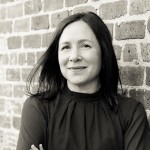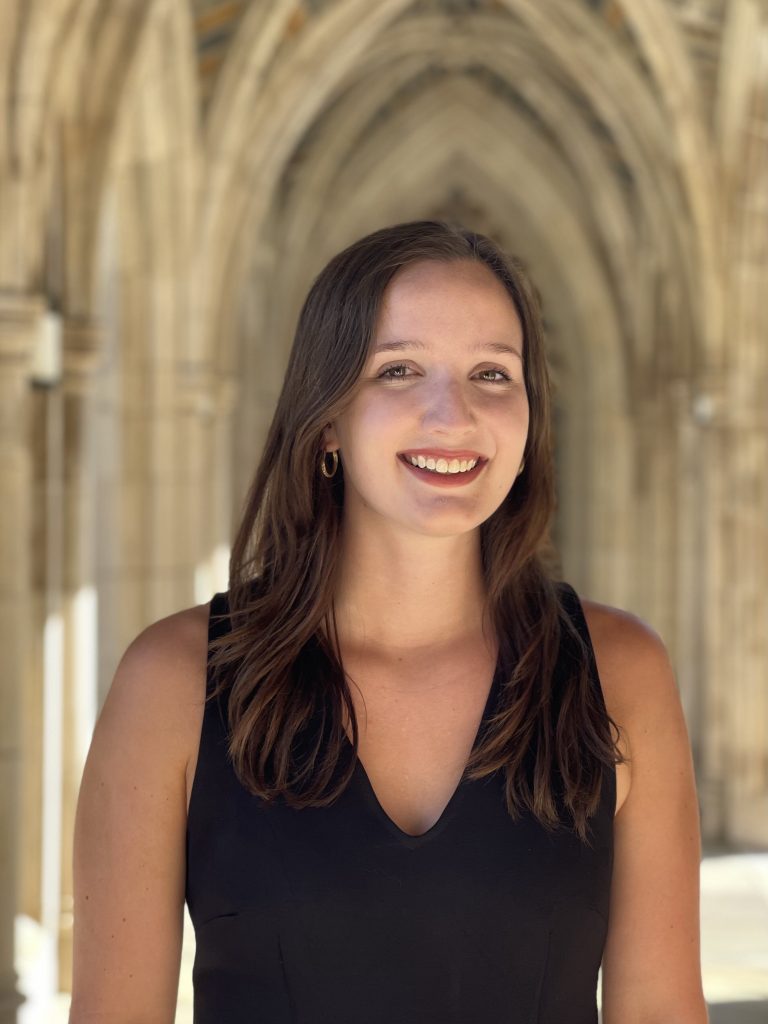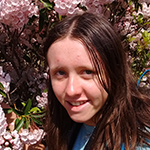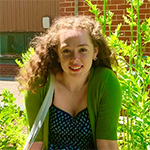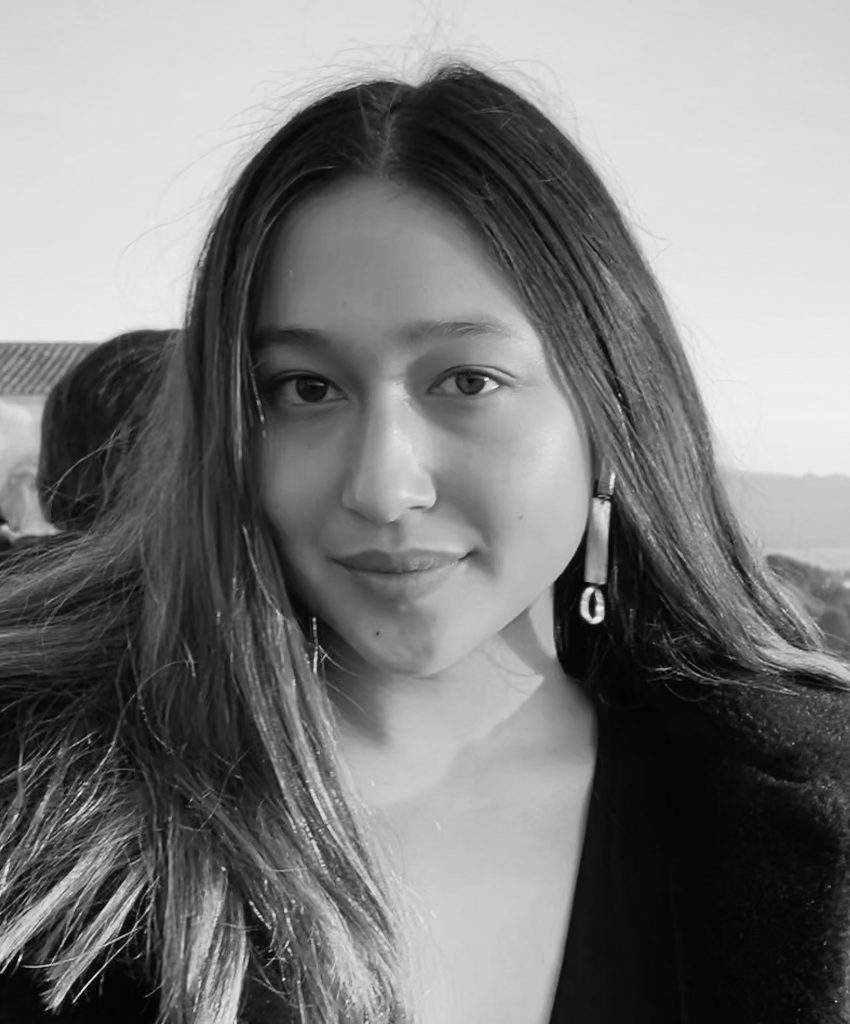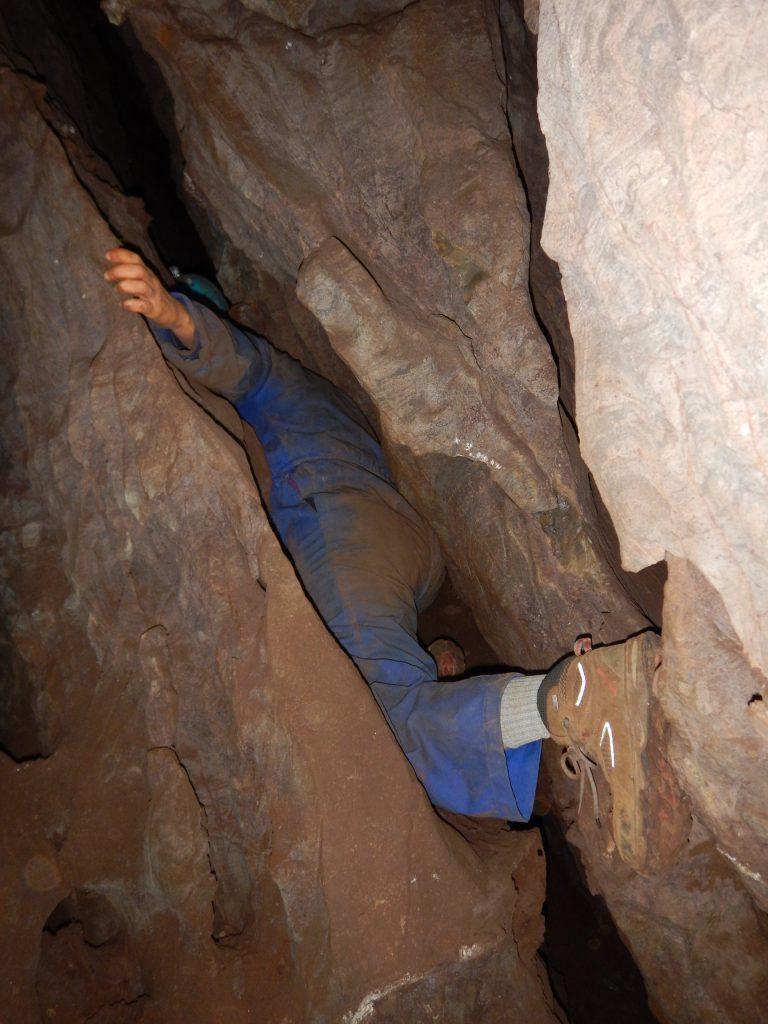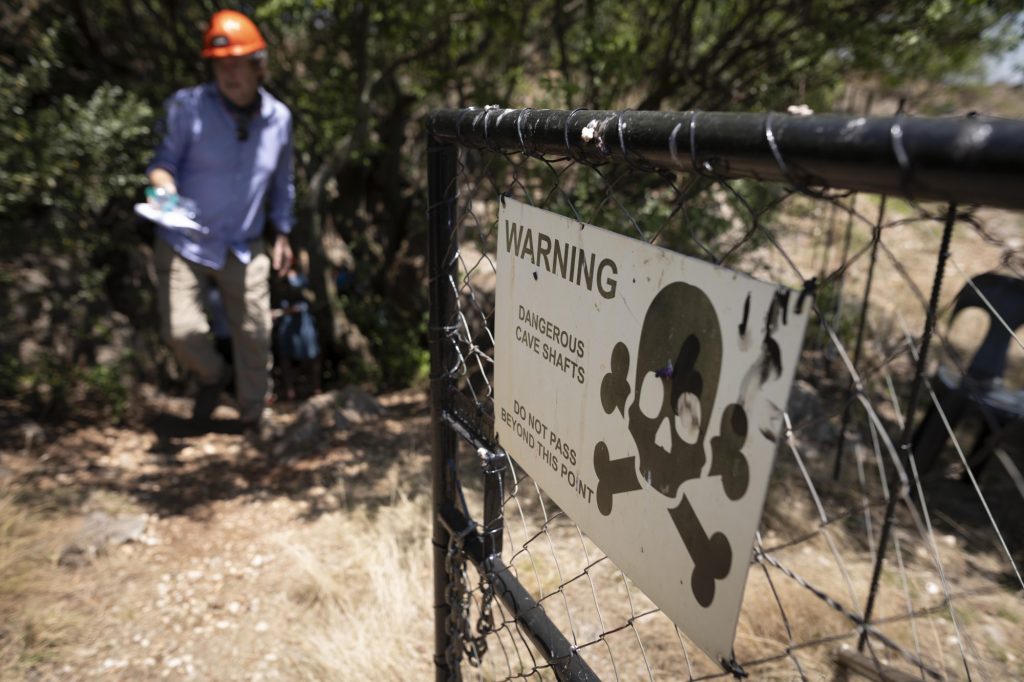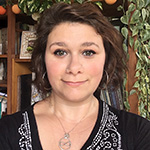
News organizations are facing an economic crisis.
In their battle for survival, they are “realigning their priorities in ways that favor audiences who are willing to pay.” And those who are willing to pay tend to be rich, white, and politically blue.

On November 3, as part of the DeWitt Wallace Center’s Fall 2021 Information Inequalities Speaker Series, author and University of Illinois associate professor Nikki Usher discussed her new book News for the Rich, White, and Blue: How Place and Power Distort American Journalism.
Usher began by explaining that as newspapers face “market failure,” only non-geographical news is in a position to survive. As news becomes a private good (The Washington Post, The Atlantic, and The New York Times come to mind), the result is inconsistent and unequal access to news.
According to Usher, 1800 local communities lack any regular access to local news. Usher stated that political consequences result when news organizations pull back from places that don’t exhibit that aforementioned willingness to pay.
She gave an example of one such consequence: many journalists had their “heads in the sand” about the rising tides of populism in rural America. As a result, they were blindsided when Trump won the election. But the win simply revealed what had been the case all along.
The New York Times editor Dean Baquet acknowledged this after the election: “We’ve got to do a much better job of being on the road, out in the country… and remind ourselves that New York is not the real world.”
Usher said that another consequence of the delocalization of news is reduced trust: only 11% of Republicans say they trust the media a great deal or a fair amount. Additionally, when places lose news, they grow more polarized, with reductions in split-ticket voting.
Usher said that she practices a kind of “gestalt scholarship,” employing the tools of ethnography and lived experience as well as quantitative data. She dipped into this side of her research, recounting a few anecdotes which represent the “materiality” of the loss of local news.
In 2018, the LA Times moved from its Downtown home, near Skid Row, to El Segundo. The move was not without controversy. In a 2018 editorial, an anonymous author wrote that “location matters, on both a physical and symbolic level, and… moving the headquarters far away from the local power base and the most important entities and stories the Times covers… is the wrong choice.”
The Miami Herald’s old home got demolished in 2015. Now the newsroom is near the airport, across from a cow pasture. “It’s bad for the psyche for there to be no building to exist for people to see every day,” said an editor. (A recent bit of unnerving news regarding the future of the Herald and journalism at large.)
Usher then stated that newsrooms are “places of power” that are becoming “increasingly inhospitable places for those who are non-white and who lack financial resources.”
In June 2020, The Philadelphia Inquirer’s top editor resigned after the publication of an article with the headline “Buildings Matter, Too,” led to a walkout by dozens of staff members. At the LA Times, Latinx journalists penned an open letter drawing attention to the fact that its 13% Latinx newsroom does not reflect its nearly 50% Latinx community. In Detroit, the disparity is even worse: an 80% Black population is served by a newsroom that is only 14% Black.
In 1968, the Kerner Commission put down a series of recommendations to improve diversity, noting that the journalistic profession was “shockingly backward” in its absence of Black journalists. The American Society of News Editors set a target date for newsrooms to be at parity with the populations they represented: 2000. They’ve since pushed the deadline to 2025.
It’s not looking good. That’s because, according to Usher, newsrooms aren’t hiring, and “when newsrooms don’t hire, they don’t hire minority journalists.”
Usher also touched on the “death of the working class reporter.” Increasingly, the only young people who are not deterred by journalism’s instability and lack of lucrativity are those who come from copious amounts of privilege. Add this to the inability of poorer students to pursue resume-building journalism activities alongside work-study jobs, and the preference of news outlets for the oft-wealthy students of elite universities, and one can see why “journalism is becoming a profession for the elite.”
Usher said that when “newsrooms become bastions of privilege, [that’s] bad news.” Losing journalists who come from blue-collar backgrounds means losing the ability to “empathize” with a whole set of experiences.
Usher said that as news revenue goes increasingly digital, reliance on those willing to pay is even more pronounced, with “consequences for equity in access and geographically specific news coverage.” She referenced The New York Times, whose rise “mirrors the rise in inequality” of access to news. “They know they’re leaving people behind,” Usher said. She quoted Dean Baquet, who acknowledged that 98% of Americans “were now excluded from The New York Times’ journalism and might well have to do with substandard information.”
Usher also discussed “Goldilock newspapers” — not too big, not too small, but just right for survival according to the “upside-down logic” of digital advertising. The problem is that, as Mike Wilson of the Dallas Morning News put it, “the pursuit of digital subscriptions has honed our focus on what we’re covering” — sometimes to the detriment of local readers. As a result of this phenomenon, Usher has seen reduced coverage in places considered too low-income to get advertisers. In one instance, she saw a dismissal of concerns about ad- and malware clunking up the computers of those with inferior Internet access because “those people are less likely to subscribe anyway.”
Where does this leave us? Usher identified a few potential solutions. She reiterated calls for more inclusive newsrooms, and added her own call for higher-ed financial aid reform so that lower-income students can have a fighting chance at pursuing journalism. She discussed the need for a “post newspaper consciousness” — to acknowledge that we cannot save the newspaper, but we can identify what journalism does best and save those “special parts.”
She left the audience with a final recommendation: journalism should “embrace the partisan media system.” Usher clarified her position: the news media like The New York Times “hides behind a veil of neutrality,” when this is only an (unconvincing) illusion. “People want to see them advocate for social justice,” she said, and she agrees. Usher doesn’t think polarization is inherently bad “if it’s polarization toward social justice and breaking down systemic inequality.”
“There’s no use assuaging people who have given up and aren’t listening. And then you have lots of people unsubscribing because the phony neutrality was irritating them,” Usher said. For organizations like the Times, the veil of neutrality is looking like a lose-lose.
She advised them to “go for those who are still listening. And just own it.”









